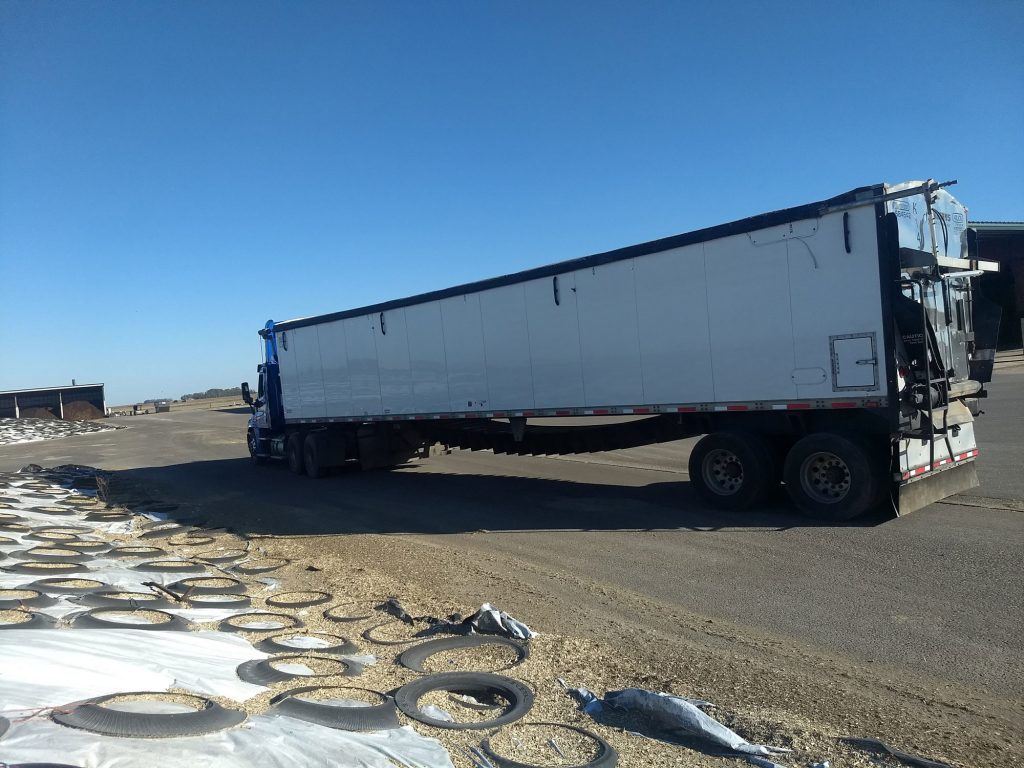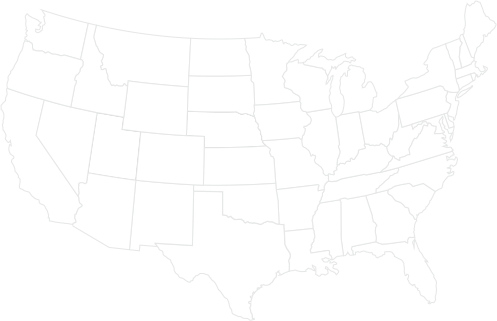Tackling Whole Cottonseed Transportation Barriers
• Posted in Articles
Cotton is a leading cash crop in the U.S. About half of the whole cottonseed produced from that crop each year is sold to feed livestock. Cattle nutritionists integrate it in rations because it packs a triple-nutrient punch, containing protein, available fat and effective fiber1 that supports muscle development, lactation and digestive health in cattle.2,3
With all of these advantages, many beef and dairy producers seek out the ingredient, but some may face challenges sourcing it at an economical price due to transportation and storage obstacles. If you’ve experienced any of these roadblocks, Larry Johnson, a cottonseed market expert and owner of Tactical Risk Advisors, has some great advice.
Transportation Challenges
Once the fiber and seed are separated, some gins sell the whole cottonseed directly to producers, but most sell to other businesses who then sell to dairies and cattle operations. The total number of these resellers has dwindled over the years, making it more difficult to find a reliable regional supplier. According to Johnson, buying from reputable sellers on the Cottonseed Marketplace is a great, convenient way to overcome this challenge.
When it comes to logistics, whole cottonseed has a few quirks. It doesn’t flow well, it’s combustible and it can be difficult to store because it absorbs moisture. However, Johnson said most transportation companies have improved processes and know exactly how to handle it safely.

Whole cottonseed is transported by truck, rail and barge with the location of each operation typically influencing how it gets from point A to point B.
“California and the Pacific Northwest are supplied mostly by 100-ton-plus rail cars. They also use domestic containers that are loaded onto rail equipment,” said Johnson. “The Northeast is typically supplied by direct trucks from the Carolinas and Georgia. The Midwest can be supplied by truck, rail and barge with barge freight typically being the most economical.”
Price and supply are often impacted by the mode of transportation used. With each method, there are other external factors that come into play. For example, truck driver shortages, high fuel prices and increased freight costs can bump up the price of long-haul loads.
“The days of cheap freight and quick shipments are gone,” said Johnson, who notes weather events like drought affect pricing as well.
Forward Contracting And Other Risk-Reducing Strategies
To consistently maintain whole cottonseed in feed rations, Johnson encourages producers to make buying decisions that reduce risk. This means forward contracting whole cottonseed during the last part of the growing season first to lock in a price that works for your operation.
“I recommend buying the back, which is the supply you’ll need during the last four to six months of the cottonseed season (May through September.) This is when markets typically rally, the price is high and supply can be unpredictable,” said Johnson. “After locking that in you can turn your attention to times when prices tend to be lower and supply more abundant, like during the gin run (October through December).”
One important caveat to this strategy involves storage.
“You need to consider the carry cost. If it costs too much to store the product, this probably isn’t the right strategy for you,” said Johnson. “It’s also worth noting that gin run no longer guarantees the lowest prices. Since many gins now have their own storage facilities, they aren’t forced to sell.”
Other tips for tackling transportation barriers and reducing risk include:
- Work with reputable resellers. This is the best way to secure quality product. Visit the Cottonseed Marketplace to get started.
- Make sure storage is ample. Johnson recommends choosing a seller that has a warehouse so they can keep it on hand and can deliver when you need it.
- Consider all your transportation options. Vans and hoppers are typically cheaper in trucking than live floor trailers . They can also be more labor intensive so work with your seller to find out what delivery options are available.
- Buy now. According to Johnson the market has a way of working itself out. Waiting too long is not always the best strategy. It can lead to supply shortages and higher prices. “If it economically fits in the ration and you’re planning on feeding it, you might as well buy it now and lock in your price,” explained Johnson.
Now that you have some sourcing and transportation strategies in your back pocket, learn more about how to feed whole cottonseed to your dairy herd or the benefits it can provide your beef cattle.
1 Kellog, D. W., J. A. Pennington, Z. B. Johnson, and R. Panivivat. 2001. Survey of management practices used for the highest producing DHI herds in the Unites States. J. Dairy. Sci. 84:E120– E127. doi:10.3168/jds.S0022-0302(01)70206–8.
2 Parish, J Protein requirements of beef cattle. Mississippi State University Extension website. Available at: https://extension.msstate.edu/sites/default/files/topic-files/cattle-business-mississippi-articles/cattle-business-mississippi-articles-landing-page/mca_apr2009.pdf. April, 2009. Accessed January 28, 2021.
3 Parish, J Fiber in beef cattle diets. Mississippi State University Extension website. Available at: https://extension.msstate.edu/publications/publications/fiber-beef-cattle-diets#:~:text=Salivary%20flow%20is%20primarily%20stimulated,referred%20to%20as%20effective%20fiber. Accessed January 28, 2021.

